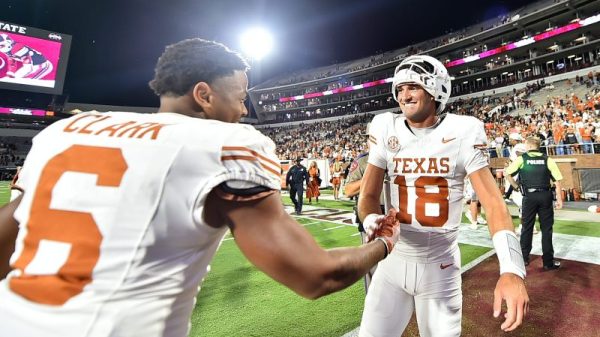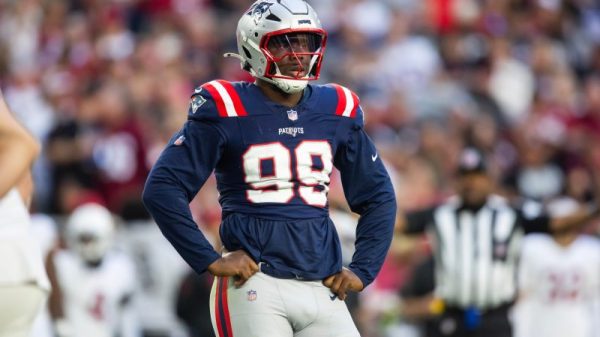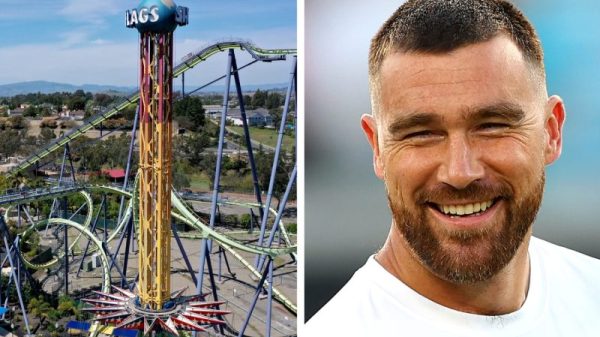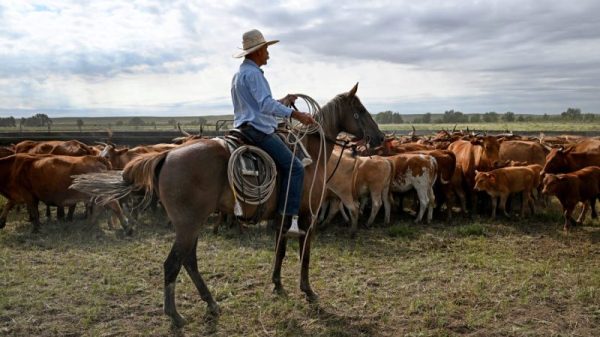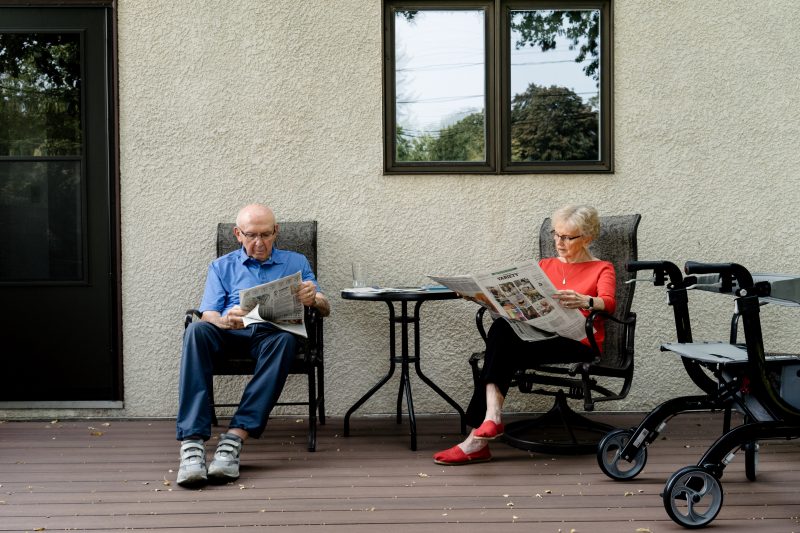A news release from the Census Bureau published on Thursday morning summarized three-quarters of a century of American history succinctly. It was titled, “America Is Getting Older.”
This is the Census Bureau, so the assertion was backed up with data. The median age in the U.S. rose to 38.9 years in 2022, up 0.2 years from 2021. Over the past year, 46 states saw increases in their median ages. Four states (and D.C.) saw no change.
This isn’t surprising but is, instead, a continuation of a long-standing trend. But there is an important detail that’s easy to overlook here: The increase in age is largely a function of White Americans getting older — a distinction that itself helps explain an awful lot about American culture and politics in the moment.
In January, my book “The Aftermath” was published. It looks at precisely this issue, how the aging of the population overlaps with the tensions the country is experiencing. The subtitle of the book is “The Last Days of the baby boom and the Future of Power in America,” crystallizing a central point here. America is getting older because the massive baby boom is getting older, and White America is at the center of that aging process because the baby boom was so heavily White.
To distill some big chunks of the book fairly quickly, it’s useful to understand how unusually large the baby boom was relative to the population. There were about 140 million Americans in 1945, before the boom started. Over the next 19 years, it’s estimated that nearly 76 million babies were born. That’s a huge increase in the population — but also one contained within a narrow age range.
The baby boom lasted from 1946 to 1964, according to the Census Bureau, making baby boomers aged 58 to 76 last year. Why has there been so much attention paid to Social Security and Medicare of late? Well, the year with the most births during the boom was 1957. Add the traditional retirement age of 65 to 1957 and you get … 2022.
At the same time, the boom began in a period when immigration was constrained. It wasn’t until after the boom ended that immigration laws were liberalized, leading to an increase in residents from Asia, Mexico and Central America. In 1970, about 84 percent of the country was non-Hispanic White, compared to 59 percent in 2022. (In 1970, the median age was just over 28.)
I’ll interject here to note that even these racial delineations are murkier than they seem. Our understanding of race in the U.S. is dependent upon how race is measured by the Census Bureau and others, and that data collection has traditionally been heavily oversimplified. We use the descriptor “non-Hispanic White” because the federal government still categorizes “Hispanic” as an ethnicity instead of a race, but even with that level of complexity we still generally use too-narrow categorizations. It is the case both that America is currently more diverse than the top-line numbers would suggest and that the increase in diversity projected for the future is probably overstated — but I’ll leave the explanation for that to the book.
A few years ago, the Census Bureau released data showing the age of Americans by race. At that point, the most common age for a White American was 58. The most common age for a non-White American — Black, Hispanic, Asian, mixed-race, etc. — was 27. For Hispanics, the most common age was 11.
Using data from the Census Bureau’s Current Population Survey compiled by IPUMS, we can approximate a similar chart for the year 2022. What you’ll notice is that the White population curve is skewed significantly to the right, while the curves for other population groups is either larger at younger ages or relatively flat.
This data suggests that most White residents of the U.S. are older than the country’s median age, while most Asian, Black and Hispanic residents are younger than it. Whites make up 52 percent of the population under the median age — and two-thirds of the population over it.
It’s easy to see how this percolates into the political and cultural conversations. We have a heavily White older population that is competing for power and resources — like funding for schools or senior centers — with a more-diverse younger population. We have a partisan divide that overlaps with the age divide. We have explicit and implicit political appeals that center on the country’s changed demography.
It’s important that America is aging as the baby boom gets older. It’s important, too, that we recognize how this aging is lopsidedly a function of one demographic group — a group that votes more heavily and (relative to younger people) more heavily Republican.
There’s an interesting footnote to the new Census Bureau data. The White population in the U.S. would have declined last year, but for one factor: immigration.






